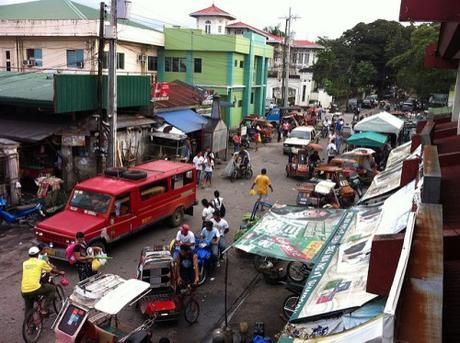
Local leaders in the city of Talisay in the Philippines used CIPE partner the Institute of Solidarity in Asia’s performance governance system (PGS) to harness the city’s tourism-, agriculture-, and location-based strengths to reshape development and ensure sustainability through community involvement.
At CIPE, we’re accustomed to examining problems of democratic and economic development through a governance lens. We wonder how entrepreneurs can possibly succeed when the policy and regulatory environment is stacked against them. We wonder how good policy and regulation can be made without input and feedback from affected constituencies. We wonder what the point of policy is if government cannot be counted on to implement it. To address these problems of the enabling environment and government performance, we look for systemic change.
Not everyone thinks this way and many are frustrated by the demands and promises of good governance recommendations. They want to see immediate, tangible results from development. They see places where Western-style reforms have not delivered and other places that have done well economically despite a lack of rule of law or freedom. They see obstacles to fixing governance and wonder if it’s worth the effort.
The debates are not new but can be difficult to sort through. There are a number of issues at stake and trends are not always clear in the short term. If we examine each of the critiques of “good governance” in turn, we can better assess the risks, trade-offs, and value in governance reforms. Then, do not need to adopt extreme positions of pushing ideal governance paradigms or turning our backs on political economy and systemic problems. Instead, we can focus on the challenge of navigating the space for reform.
Read more in the full article here.

